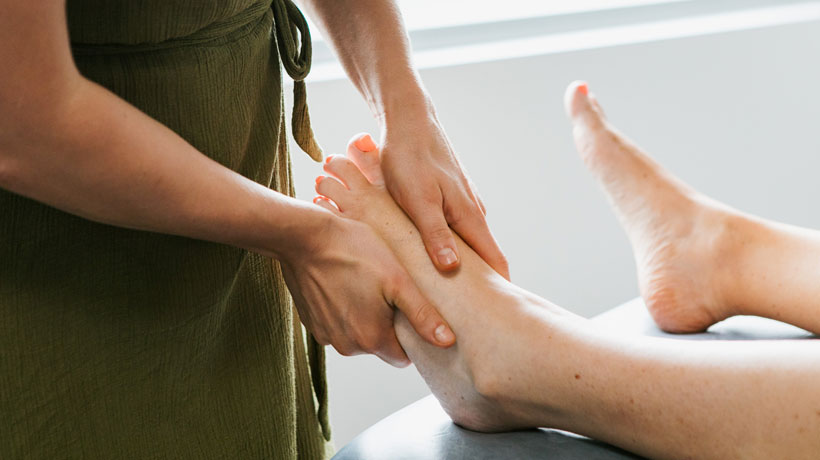
Walking would appear to anyone as being a simple action carried out by many people, every second of every day across the globe. For the average Joe, walking is simple. We learn to walk from a very young age, and then we don’t really have to think about doing it after that… Until something goes wrong with the body. Read on to find out more about the wonderful phenomena that gets us humans around from A to B.
What is gait?
The manner or pattern in which we walk or run is referred to as ‘gait’. This word is pronounced exactly the same as the word ‘gate’. Although it seems a very simple thing to do, and indeed most of us are able to carry out this task with incredible ease, it is possible only through a combination of extremely complex bodily movements. It is something many of us take for granted, unless you have experienced not being able to walk properly, or at all. You can think of gait as a repetitive, controlled fall with a forwards movement in a straight line.
Phases?
It is useful to think about gait as a cycle of movements. The human gait cycle starts when the heel of one foot touches the ground, and ends when the same heel touches the ground again. The whole cycle can be broken up into two main phases:
- Stance or support phase: This begins with the heel of one foot hitting the ground, moving through to the whole foot (as it keeps contact with the ground) and ending with the heel lifting off before moving into the…
- Swing phase: This begins when the toes of the same foot lift off the ground, swinging the leg forward before the heel hits the ground again to begin a new cycle.
While one leg moves through the stance phase, the other leg is moving through the swing phase. The whole cycle takes approximately one second in the average adult and results in the forward movement of the body. It gets you from your bed to the toilet first thing in the morning, then to the kitchen, your workplace and finally back to bed again.
Functions of gait
It might seem silly, because the main function of gait is to allow us to move our bodies. But, when broken down, gait comes with many benefits:
- It provides support to the head, trunk and arms as we move
- It helps us to keep an upright, balanced posture
- It allows us to control foot movements, so we can dodge obstacles in our path
- It creates energy through muscle contraction to begin, maintain and speed up movement
- The action of the muscles involved provide shock absorption to the many forces acting on the body as we move
What can go wrong?
Our gait can be affected in many ways. Some effects can be serious and devastating, resulting in permanent change to the way you move. A person who experiences a stroke may end up losing function in the muscles that control ankle movement, leading to a ‘drop foot’. This causes the toes to catch the ground as they swing their leg through which can easily lead to a person falling. The neuro-degenerative condition, Parkinson’s Disease, can result in a person having a ‘shuffling gait’, where the feet essentially stay in contact with the ground permanently and the person moves by shuffling or dragging their feet along the ground. This issue, like many other problems that can lead to significant changes in the gait cycle movements, is a huge risk factor for a person falling, and potentially experiencing a life altering injury (i.e. a serious head strike or hip fracture).
Other effects may be less severe and reversible following correct rehabilitation of the problem. A simple knee injury is a good example here. You twist your knee playing basketball and that knee becomes painful. The pain causes you to shift your weight to and favour the other leg, leading to excessive strain on that side of the body. The body will compensate well to keep you moving, even if not in the usual smooth manner. Eventually the knee injury heals, but it is quite possible you will be left with unresolved strains and tensions running up the injured and uninjured sides of the body. And this is why you should always get us on board from the word go!
We can help
Osteopaths are experts in human movement. We know how you should move. We are trained to recognise when things are not quite working properly. And we know how to get you back to your true self. Don’t take a chance on it. A simple injury that is not treated correctly from the beginning can lead to bigger problems down the line. Be smart, seek help from professionals (i.e. us!) and enjoy the fact you can walk unaided or unhindered for years into your future.
Do you have an injury or condition affecting your ability to walk normally? Call us today on 07 5451 1599 to book an appointment.
